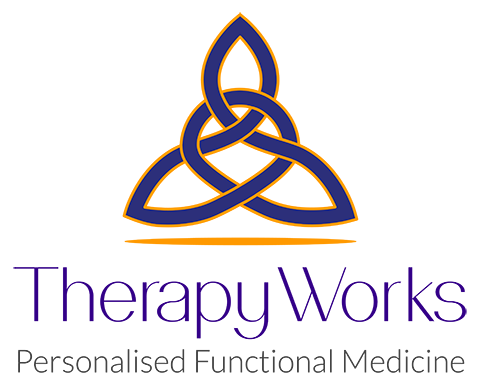What are Acupoints?
In traditional Chinese medicine (TCM), acupoints are strategically selected areas for acupuncture treatment and serve as the focal point for understanding acupuncture’s mechanism. Stimulating these diverse acupoints across the body surface yields various therapeutic advantages.
Let’s find out more about acupoints in this short article. Please read on.
What are acupoints?
Acupoints are specific locations on the body where meridians, the pathways through which vital energy (qi) flows, converge. These points are like access points to your body’s energy network, each with its unique function and influence on various aspects of health.
In traditional Chinese medicine (TCM) philosophy, the smooth and balanced flow of qi is essential for optimal health. When this flow is disrupted or blocked at certain acupoints, it can lead to discomfort, pain, or illness. Acupuncture, one of the key modalities in TCM, involves the strategic insertion of fine needles into these acupoints to stimulate and restore the natural flow of qi.
These points aren’t just hypothetical; they have been extensively mapped and studied over thousands of years. The understanding of acupoints continues to evolve through modern research, confirming their physiological significance.
Stimulating acupoints isn’t limited to needles; various techniques like acupressure, moxibustion (the burning of mugwort herb), or even electrical stimulation can activate these points, promoting healing and balance within the body.
How does acupressure work?
Acupressure operates on the principle of stimulating specific points on the body to promote healing. By applying pressure to these points, often along meridian pathways, acupressure aims to release tension, improve circulation, and encourage the body’s natural ability to heal.
This stimulation can help balance the flow of energy (Qi) and alleviate various physical and mental ailments. The pressure applied can be through fingers, palms, elbows, or specialised tools, offering a non-invasive and holistic approach to wellness.
How does moxibustion work?
Moxibustion involves burning dried mugwort (moxa) near specific acupoints or areas of the body.
The heat generated from the burning moxa stimulates these points, promoting the flow of Qi and blood in the body.
This technique aims to warm and invigorate the body, addressing conditions related to cold or stagnant energy.
By enhancing circulation and energy flow, moxibustion can help alleviate pain, boost the immune system, and support overall well-being.
A holistic approach
Our clinic’s practitioners are well-versed in the intricacies of acupoints, using their expertise to tailor treatments that may target specific points to address a wide range of health concerns. From chronic pain management to stress relief and beyond, our functional medicine approach offers a natural and holistic path towards better health and the management of a variety of different health symptoms.
It’s worth noting though, that further research1 into the identity of acupoints is warranted, and multidisciplinary methods using new technologies may yield significant advances over existing knowledge.
Understanding acupoints isn’t merely about managing symptoms; it’s about tapping into the body’s innate ability to heal and restore balance.
Make a Booking
You can book your acupuncture consultation here at TherapyWorks.
Reference:
- Li F, He T, Xu Q, Lin LT, Li H, Liu Y, Shi GX, Liu CZ. What is the Acupoint? A preliminary review of Acupoints. Pain Med. 2015 Oct;16(10):1905-15. doi: 10.1111/pme.12761. Epub 2015 May 13. PMID: 25975413.
- What are Acupoints? - 12 December 2023
- What is Complementary Medicine Used For? - 20 August 2022
- Auriculotherapy Ear Acupuncture - 21 July 2022


